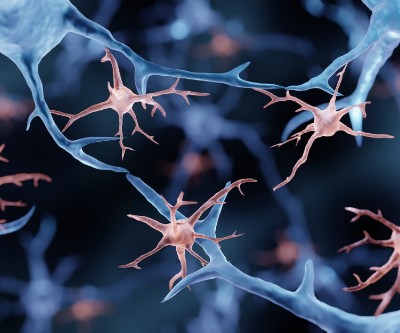
For its size, the brain is the most metabolically active organ in the body. Most of its energy is used to maintain homeostasis—a state of balance essential for proper function. Altered homeostasis is a hallmark of many diseases and disorders. Yet there is currently no direct, reliable method to noninvasively assess homeostasis. Available methods depend on tracers or contrast agents.
Water molecules are both passively and actively exchanging between the inside and outside of brain cells. This water exchange indicates brain activity, but it occurs too rapidly to be observed by current techniques. However, researchers in the Basser Lab and their colleagues at the National Institute of Neurological Disorders and Stroke recently reported the development of a nuclear magnetic resonance (NMR) method able to detect these rapidly exchanging water molecules.
The researchers used their NMR technique to measure the effect of temperature on water exchange in both fixed and live mouse spinal cord tissue. They also treated tissue with drugs that block the action of the sodium-potassium pump responsible for ion transport across cell membranes. These experiments showed that most water exchange is metabolically active, linked to ion transport, and indicative of tissue homeostasis.
Overall, the findings establish the water exchange rate as a measure of cellular function and show that the noninvasive NMR method can characterize water homeostasis during typical and disease states. In the future, the group hopes to translate this for clinical applications, measuring cell function and metabolic activity in the human brain.
Learn more about the Maternal-Fetal Medicine and Translational Imaging group: https://www.nichd.nih.gov/about/org/dir/affinity-groups/MFMTI
 BACK TO TOP
BACK TO TOP